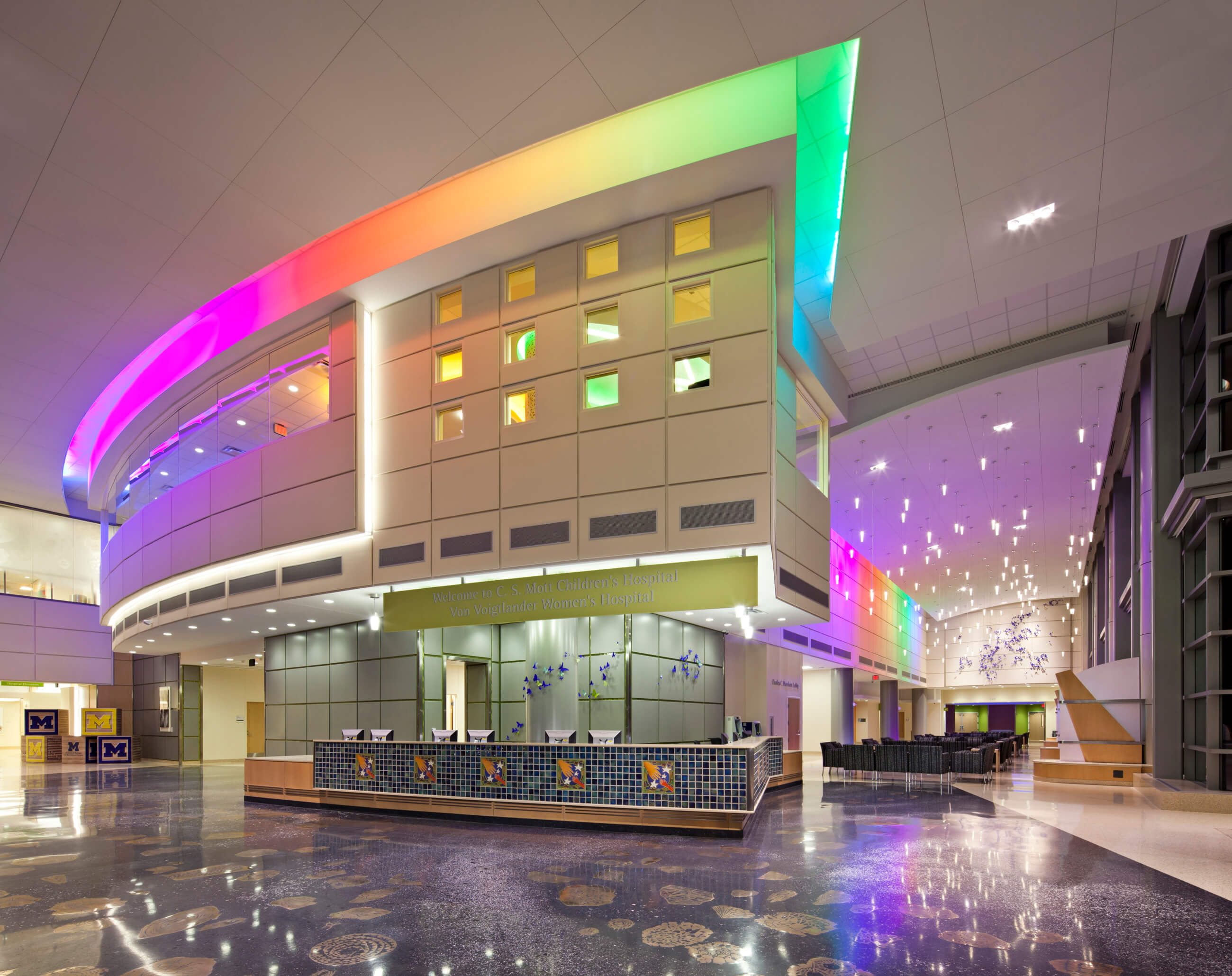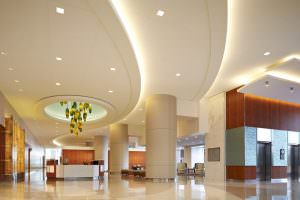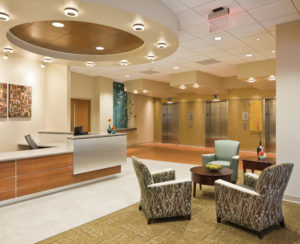TLP’s Jered Widmer and Heather Kilroy share their experience and insight about the current trends in Healthcare Lighting Design. The article discusses the growing appeal of LEDs, the current approach to specifying lighting for a healthcare facility, and the effect of lighting on human well-being in a healthcare setting.
Jered Widmer is an associate with The Lighting Practice and the current President for the Philadelphia Section of the Illuminating Engineering Society of North America (IESNA). Heather Kilroy is a project manager with The Lighting Practice and is the Co-Coordinator for the Philadelphia Chapter of the International Association of Lighting Designers (IALD).
Lighting Trends In Healthcare Design
Of all the products needed to build new healthcare facilities or update existing ones, none has undergone the basic changes in selection criteria that lighting has.
While components like HVAC systems and building envelopes have been improved upon incrementally over time, lighting has been rocked by the growing use of LEDs (light-emitting diodes). This shift has changed the way architects, lighting designers, and healthcare facility decision-makers approach this specific piece of the building puzzle, evaluating the cost of lighting buildings and the quality of the light that’s emitted and its effects on patients and staff.
Studies comparing traditional fluorescent lighting to LED illumination in healthcare facilities indicate that LEDs offer an effective strategy for energy savings with fixtures rated to operate for 50,000 or more hours. The studies also cite the visual quality of LED light is maintained over time as the color of the light output (as measured by the color rendering index, or CRI) remains equal to that of the lamp when new.
Other benefits include reduced maintenance because of the longer life of LEDs and disposal costs, and smaller physical size, offering flexibility in its use should the activities in the illuminated area be changed. LEDs can be dimmed through a control system that is installed with the fixtures, if more or less light output is required. Once priced at a premium, supply is catching up with demand and the cost differential is narrowing.
With improvements to existing products and new LED options introduced regularly, how do lighting design consultants evaluate products to specify now for a hospital that may not be operational for years?
Growing at light speed
Just a few years ago, lighting specifications were based primarily on proven designs, says Haley Driscoll, senior associate at Francis Cauffman Architects (Philadelphia). “Now, we review with healthcare facility managers each new product option under consideration, to evaluate not only energy-saving performance and light-output benefits but also how to integrate advanced technologies into the maintenance staff’s established procedures,” she says.
Jered Widmer, associate and lighting designer, and Heather Kilroy, senior lighting designer and project manager, at The Lighting Practice (Philadelphia) agree that hospitals place high priority on the maintainability and functionality of their lighting systems. And issues related to cost that once were a factor have diminished. “Four years ago, for a compact fluorescent fixture that cost $110, the LED equivalent was $400. Now, the cost for the same CFL might have risen to $120-$125, while the LED is $250 and is dimmable. A CFL with a dimming ballast brings the cost up to nearly that of the LED,” Widmer says.
And while there are fewer barriers to entry for the LED market, the product isn’t necessarily always the right choice. “We’ve gone into an initial planning meeting with a client who starts the conversation by saying, ‘We want LEDs everywhere.’ They understand that they can expect reduced energy charges and lower maintenance costs,” Widmer says. “But not all areas are prime candidates for LEDs, and some traditional technologies can still compete side-by-side. Studies show that the rated life of new fluorescents is over 50,000 hours, making them viable for circulation and support spaces,” he says.
Both Widmer and Kilroy have found that the best way to plan lighting is to be aware of manufacturer’s detailed descriptions of the fixture or lamps and their rated performance, specifically what’s applicable three to four years down the road when the product may need to be reordered for replacement. According to Kilroy, detailed performance division specifications will include the fixture’s initial and/or maintained lumen output, CRI, testing verifications, center-beam candlepower, and warranty at the time of installation.
“Between the time of specification and purchase of the luminaires, advancements in technology may mean the installed fixture is slightly different…the performance must still be the same but the power draw will typically decrease,” Kilroy states. Because of rapid advancements in lighting technology, future versions of the same lighting equipment could produce a comparable light output using less energy.





